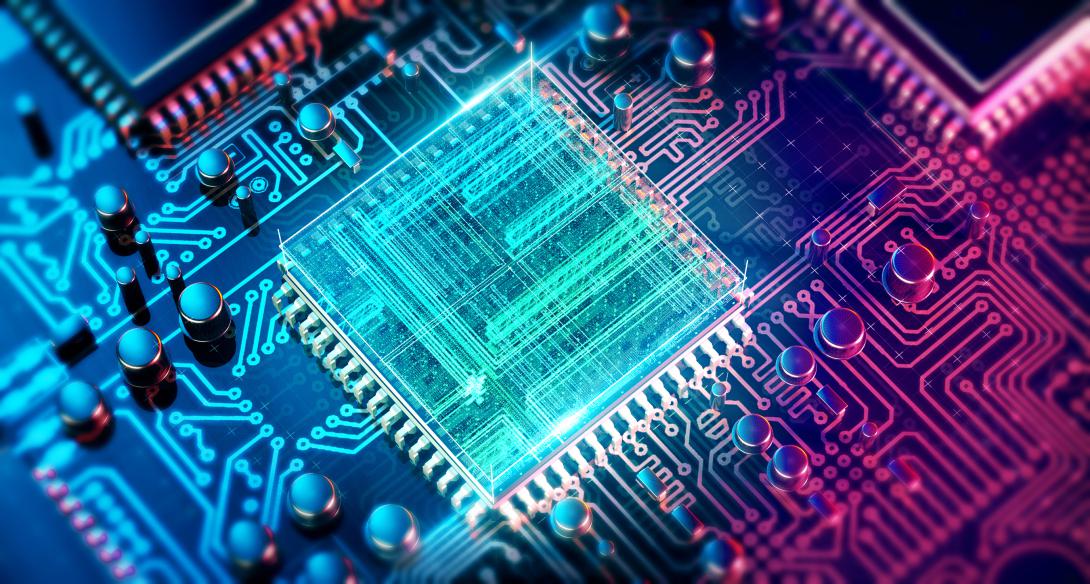On Point: Q&A With Sky Sharma
Sky Sharma is the chief information security officer at SD Solutions LLC,a retired U.S. Air Force master sergeant and a member of the AFCEA Cyber Committee.
What are the pros and cons of zero trust?
Pros: A high-grade zero trust architecture improves situational awareness. Also, least privilege from a role- or rule-based perspective is highly achievable. Continuous validation and verification becomes more achievable with proactive security processes like continuous integration and delivery that feed and support continuous monitoring. Managing organizational liability and supporting operations through a more secure enterprise is clearly a wise investment. The zero-trust concept isn’t new to most agencies, especially the Defense Department or intelligence community where the foundations are well established.
Cons: Zero trust can be nebulous and difficult to gauge. Challenges such as the Internet of Things and zero trust can get lost in conversations about microsegmentation. And, it is likely to cost in accordance with your current security posture and readiness. Policy changes toward zero trust come with a long tail and involve engagement at every level. Lastly, “zero trust”
or “zero-trust architecture” may be construed as the latest buzzword or bureaucratic hurdle.
How does, or will, artificial intelligence (AI) help analysts?
Artificial intelligence and its subset, machine learning (ML), are seismic game-changers and vast force-multipliers. They increase the ability to outsource mundane tasks to an algorithm that accurately executes specific mission sets, which will really be seen with tactical edge Internet of Things devices. Analysts will increase data usability by producing work products that use compute capabilities on a geometric scale. Natural language processing, such as Google’s LaMDA language model and OpenAI’s GPT-3, will enhance capabilities in the cognitive battlespace, allowing analysts to increase their presence and improve tactics in oral and written communications. For readiness, wargaming will dramatically improve as simulations come closer to reality and the cognitive ladder accelerates perception, concept formation, hypothesis generation and theory formation.
Likely scalar advances in AI/ML will lead to predictive analytics, dramatically improving how analysts transform data, information and knowledge to support actionable intelligence in all domains.
What will be the biggest impact of quantum computing?
The biggest impact will be in foundational computational efficiency. Quantum computers will augment classical computers and play a greater role as we witness an increased use of quantum co-processors and as incredibly powerful synchronization techniques and technologies are developed, enabling seamless transport of data between different processor capabilities and speeds. The quantum enhancement of applications will have incredible implications. Algorithmic bottlenecks will decrease as the scale of the data is increased along with the processing ceiling. Digital silicon computers will continue their dominance as quantum co-processing pushes the envelope.
What are the first steps to prepare for quantum-resistant encryption?
Currently, it takes years if not decades to deploy public key cryptography infrastructure. To prepare, the National Institute for Standards and Technology continues to support the updating of standards, special publications and internal and interagency reports, which are vital in a standardized approach. A critical piece of this challenge is how rapidly a large-scale quantum computer is built and what architecture is utilized for many factors like fault tolerance, computation speed and qubit coherence.
What other technologies will be the most disruptive in the coming years?
The nexus of AI, robotics and human interface will be the most disruptive technologies we see. The ability to control machines via neural link as an existential node of the world wide web is upon us. Companies like Elon Musk’s Neuralink are on the cutting edge of augmented human intelligence performance. The integration of robotics and organic forms will also present revolutionary capabilities. We’ve already achieved incredible advancements in prosthetics foreshadowing future assistive and augmentative biotechnologies.



Comments